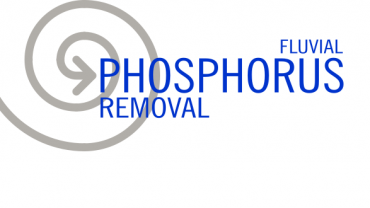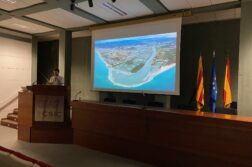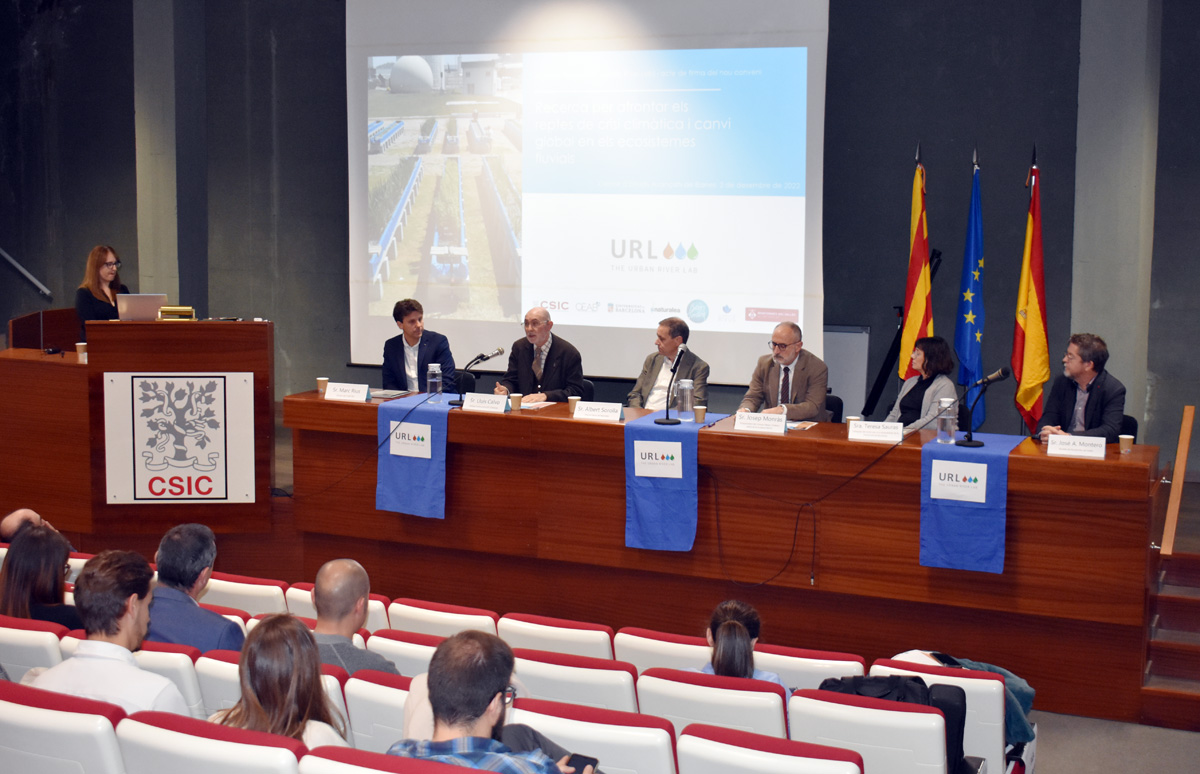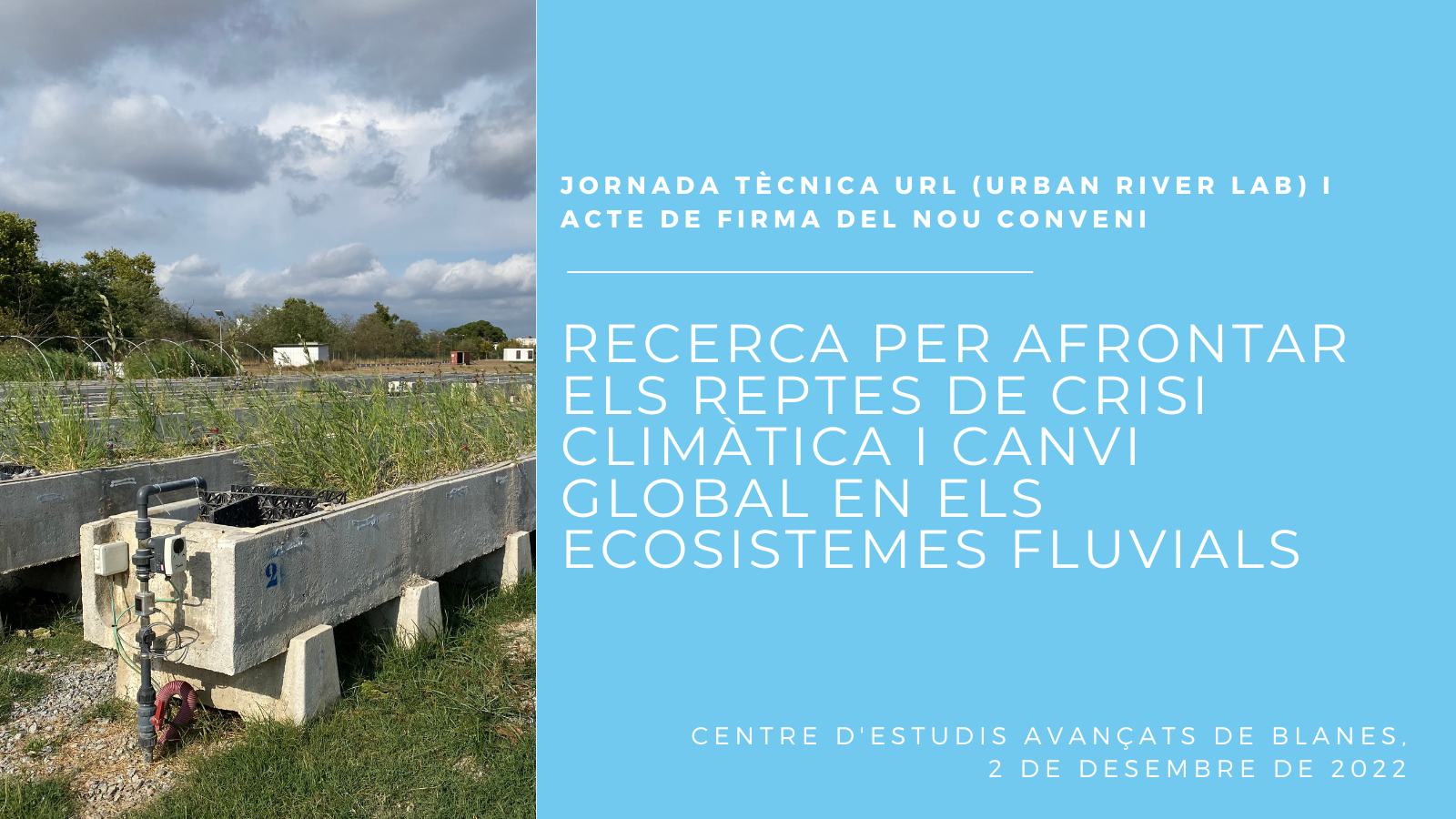Fluvial-Premoval, aims on providing a set of tools for managing and mitigating the effects of Phosphorous pollution in stream ecosystems which is, indeed, among the major and more persistent impacts for the surficial water quality worldwide.
The project integrates an innovative transdisciplinary approach, combining bioengineering techniques, manipulative experiments in mesocosms and surveys in the real-world (Ter) and the characterization of the microbiota associated to biofilms in rivers.
WORKPACKAGE 1 WORKPACKAGE 2
Fluvial-Premoval studies phosphorus (P) contamination in the fluvial ecosystems, an environmental problem extremely relevant and complex with implications worldwide in the long term and difficult to solve that is expected to increase in the future.
Fluvial-Premoval proposes an integrative approach combining principles and methods of advanced research from different but complementary research areas (fluvial biogeochemistry, microbial ecotoxicomics and restoration ecology). The also integrates the collaboration with other research groups, companies and other stakeholders social actors interested in this environmental and water quality problem.
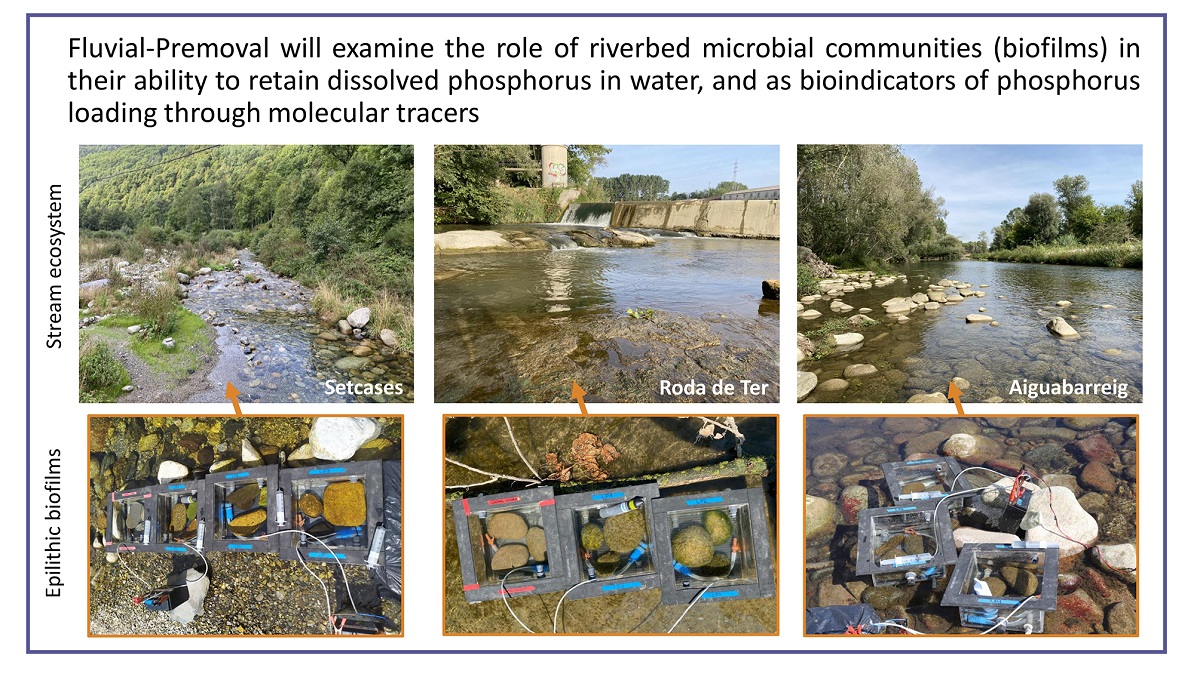
The central aim of this project is to gain insights about the factors and mechanisms controlling P dynamics in fluvial ecosystems subjected to human pressures and examine how microbial communities in fluvial biofilms integrate integrate the different impacts associated to P availability.
The ultimate goal is to provide knowledge and a specific tool set to stream managers to assess problems associated with high P availability and to help mitigation in stream and river ecosystems.
The project is organized in two work packages (WP). In WP1 we will characterize the presence of the different P forms in the Ter river, along a gradient of human impact. We will describe structural and functional attributes of biofilms by performing molecular analysis of the microbial community.
In this WP we will also assess, differences in bioavailability between dissolved and particulate P under controlled experimental conditions (indoor channels). Similarly, we will also test differences between organic and inorganic P and its destination and effects on biofilms.
These experiments will contribute to understand the trends observed in real-world and confirm the relationship between P availability and biofilm responses.
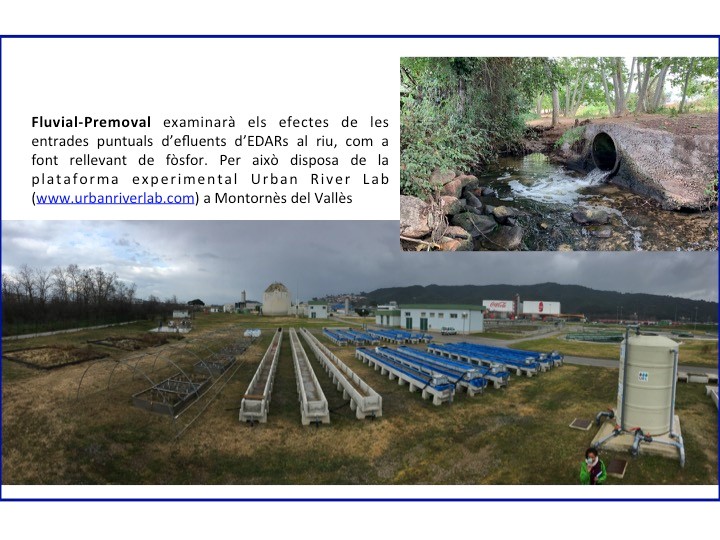
WP2 will evaluate how the hydromorphology of streams (factor determining habitat configuration and hydrologic retention) and changes in the dissolved inorganic nitrogen and dissolved organic carbon (determining biotic activity) affect the amount of P retained in streams.
Tasks included in WP2 will be conducted in the Urban River Lab experimental platform (www.urbanriverlab.com) and in a 360-m reconstructed stream by bioengineering within three 80-m reaches.
We will also evaluate how the hydromorphlogical characteristics of a reach, as a factor modifying hydrologic retention and habitat configuration, and changes in the relative availability of dissolved inorganic nitrogen and dissolved organic carbon, as a factor influencing biotic activity, can influence P retention at reach-scale in a receiving stream.
We will also investigate the role of biofilms in P uptake in each reach and assess how the reciprocal interactions between P availability and the structural and functional attributes of the biofilm associated with P cycling vary among different habitats. Variability in biofilm P markers observed at habitat scale
within reaches will then be compared to that observed at larger spatial scale in WP1.
This comparison will allow expanding knowledge on the use of biofilm P markers across observational scales.
